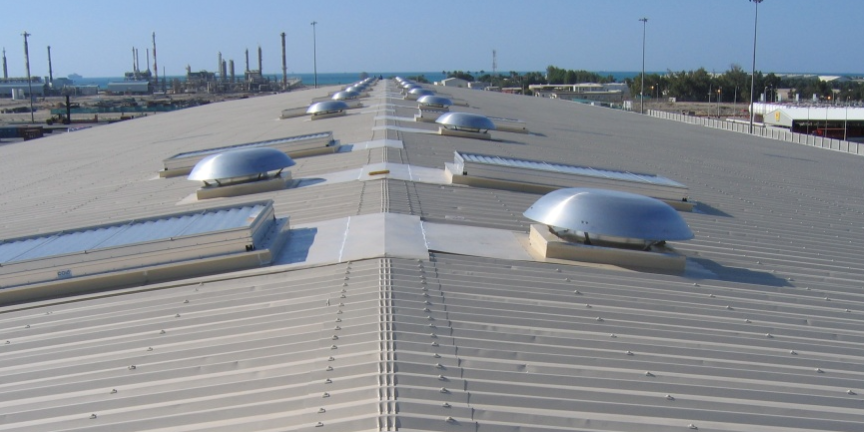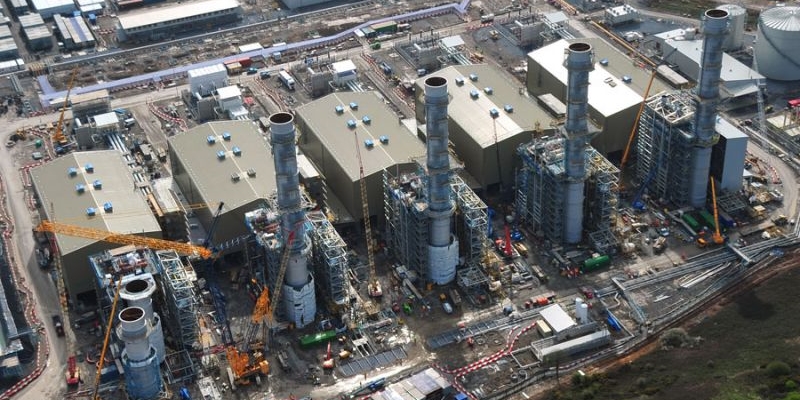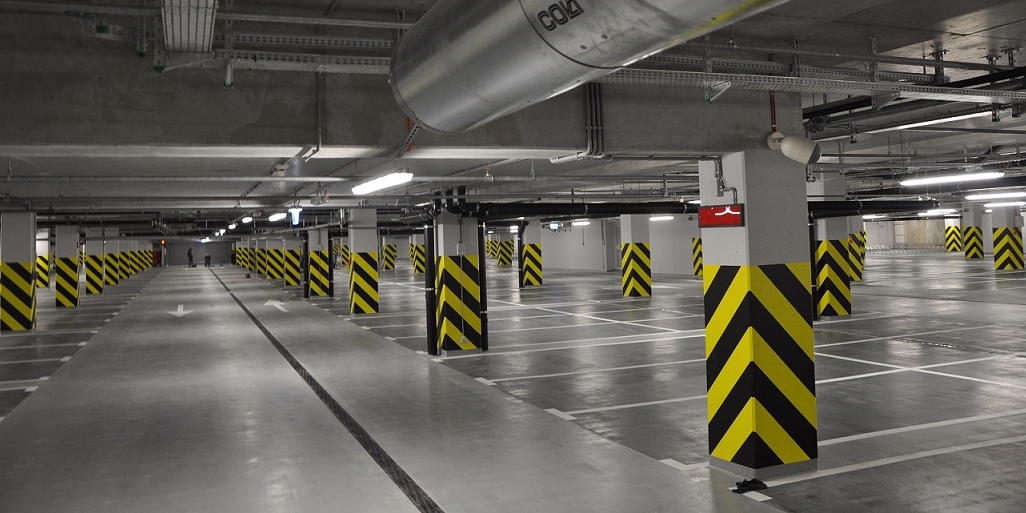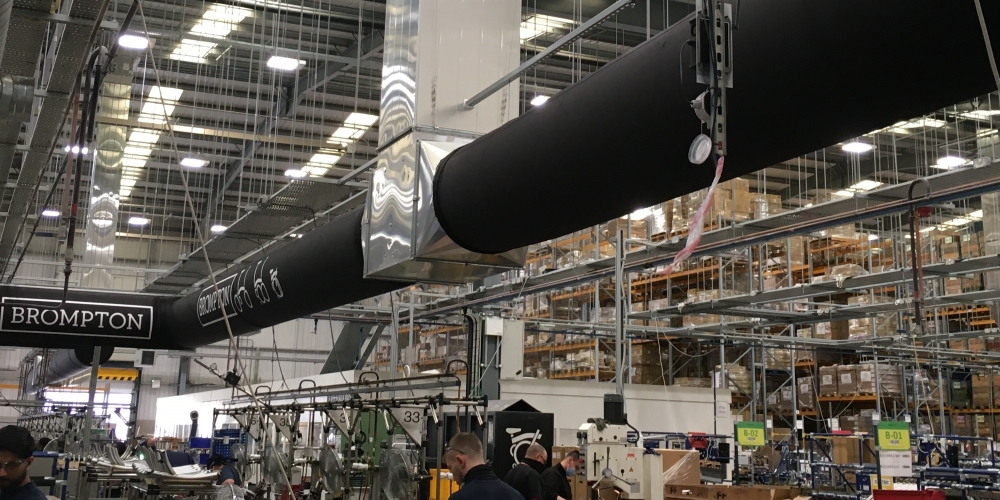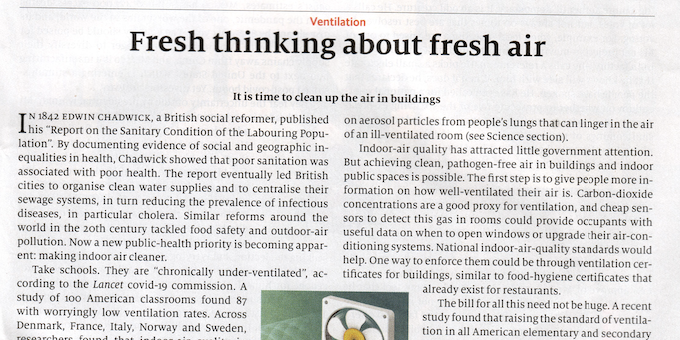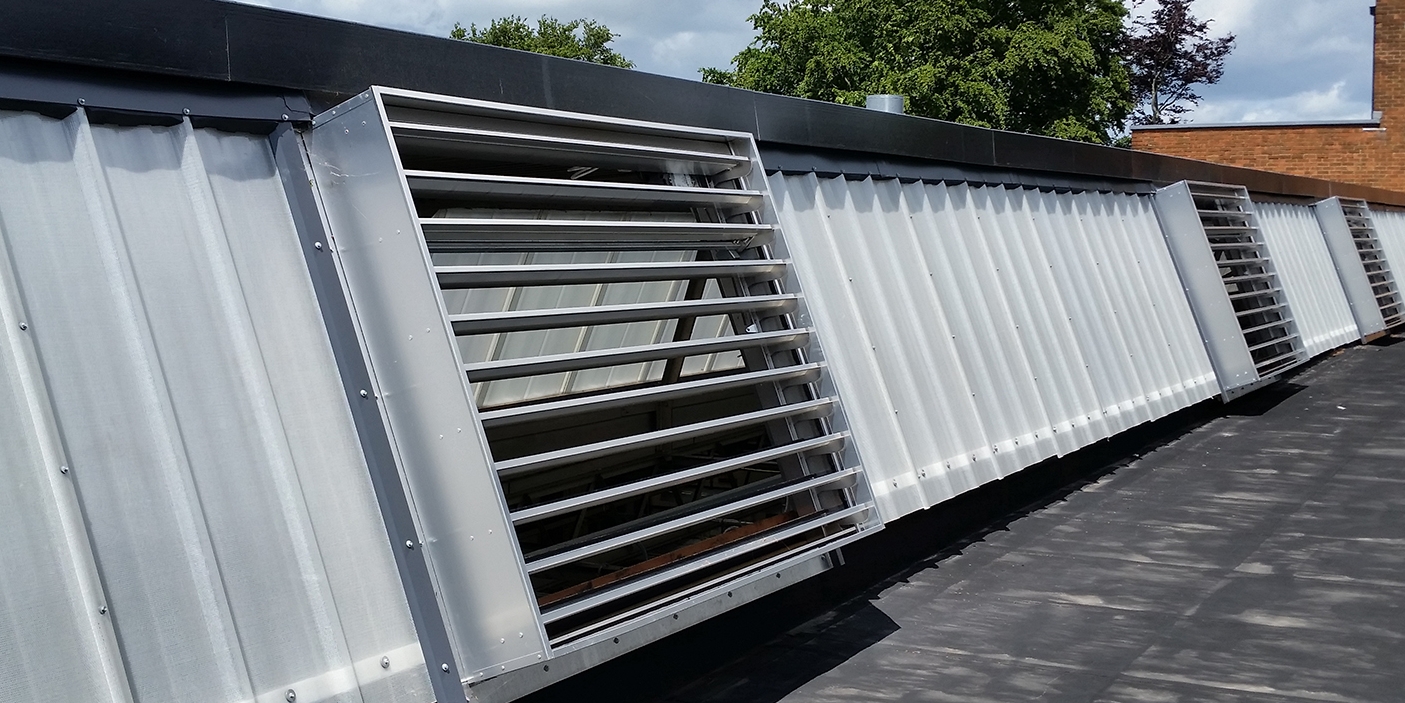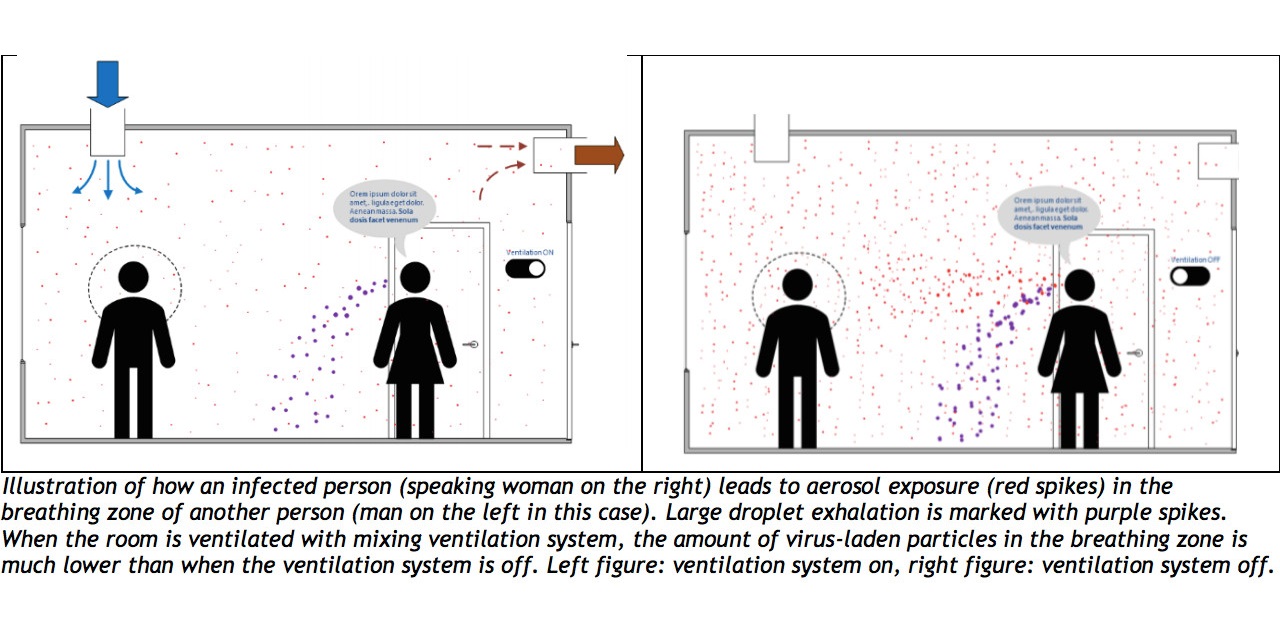We recently worked on a project with the Newhurst Energy-from-Waste facility where the customer wanted to try a new design approach that led to some interesting modelling results we wanted to share with you.
To give some context around the building design, the Newhurst power generation facility is much like any other power generation building – a large, mainly open structure that is around 40 metres tall. Inside the building, large steam turbines, boilers and other processes are constantly producing high levels of heat that needs to be managed in order to keep the interior conditions stable for both the benefit of the staff and the energy-producing processes.
A typical climate control solution for this type of building would be a natural ventilation approach, consisting of natural ventilation openings in the external envelope of the buildings at both high and low-level. With this type of system, cooler outside air tends to flow into the building through ventilation openings in the lower half of the building, and warm air flows out of the building through natural ventilation openings in the upper half of the building. This is commonly referred to as displacement or stack ventilation system.
Read More

